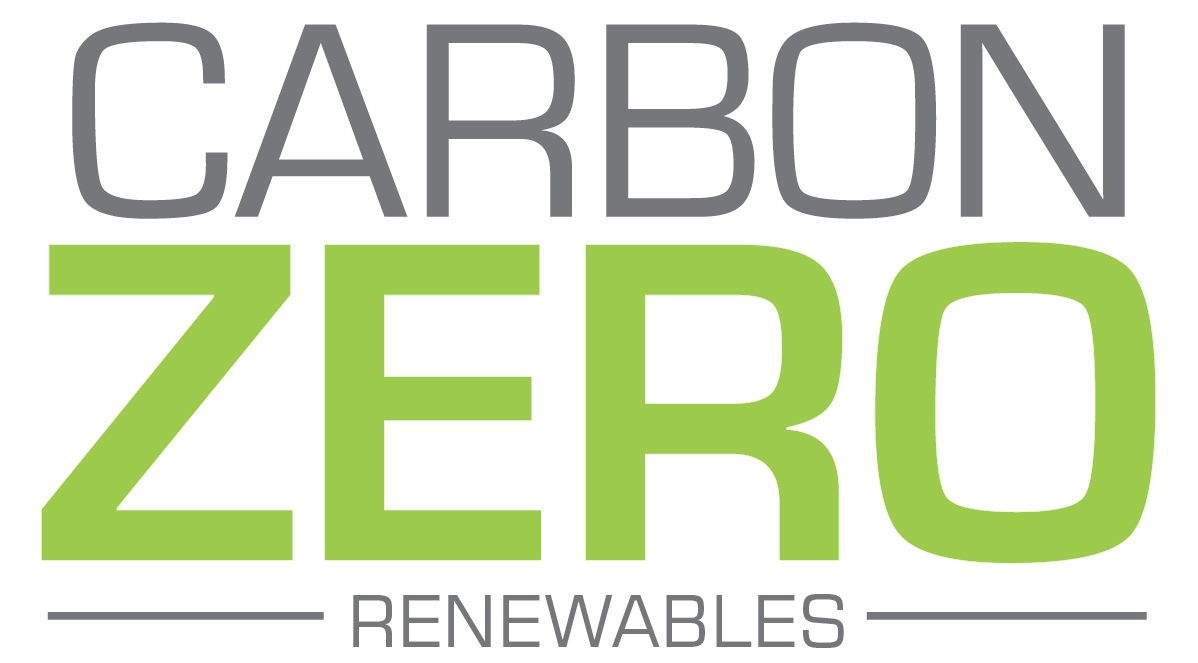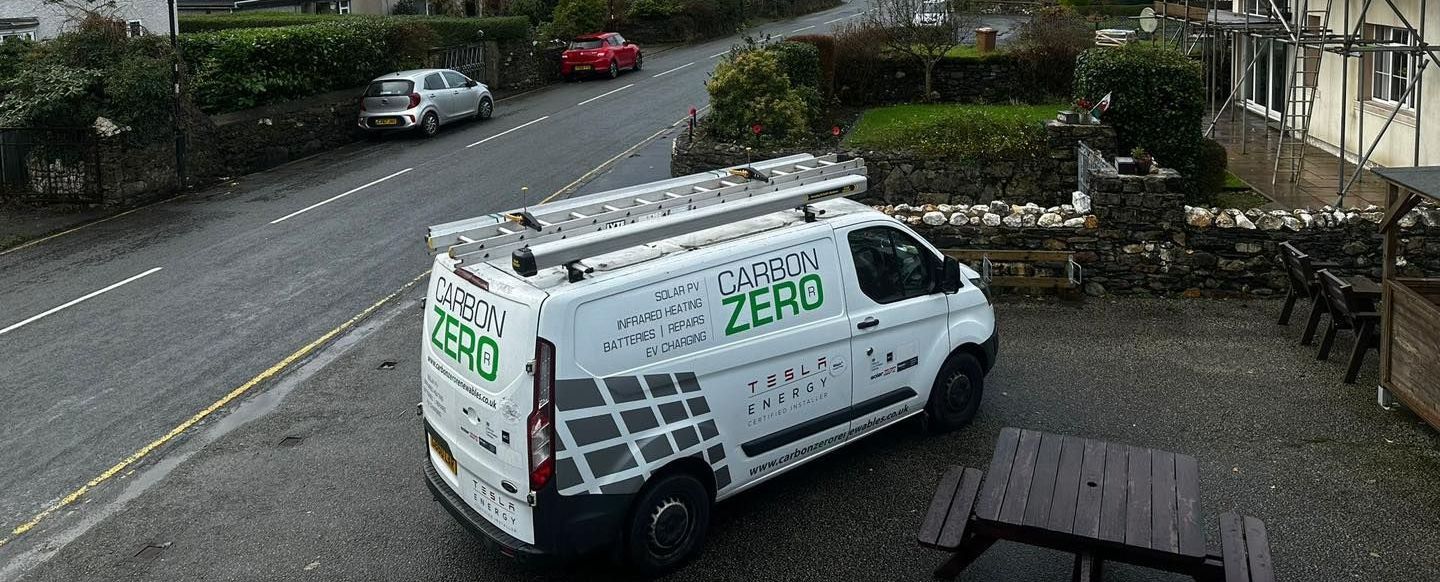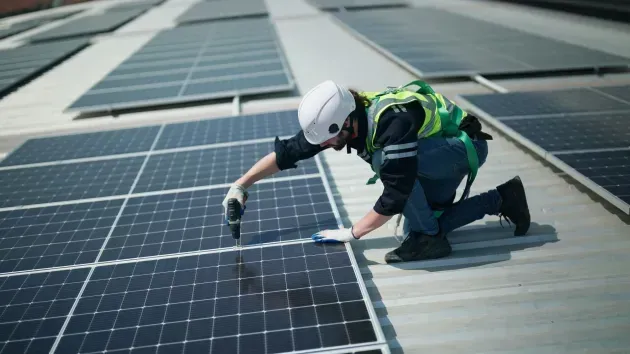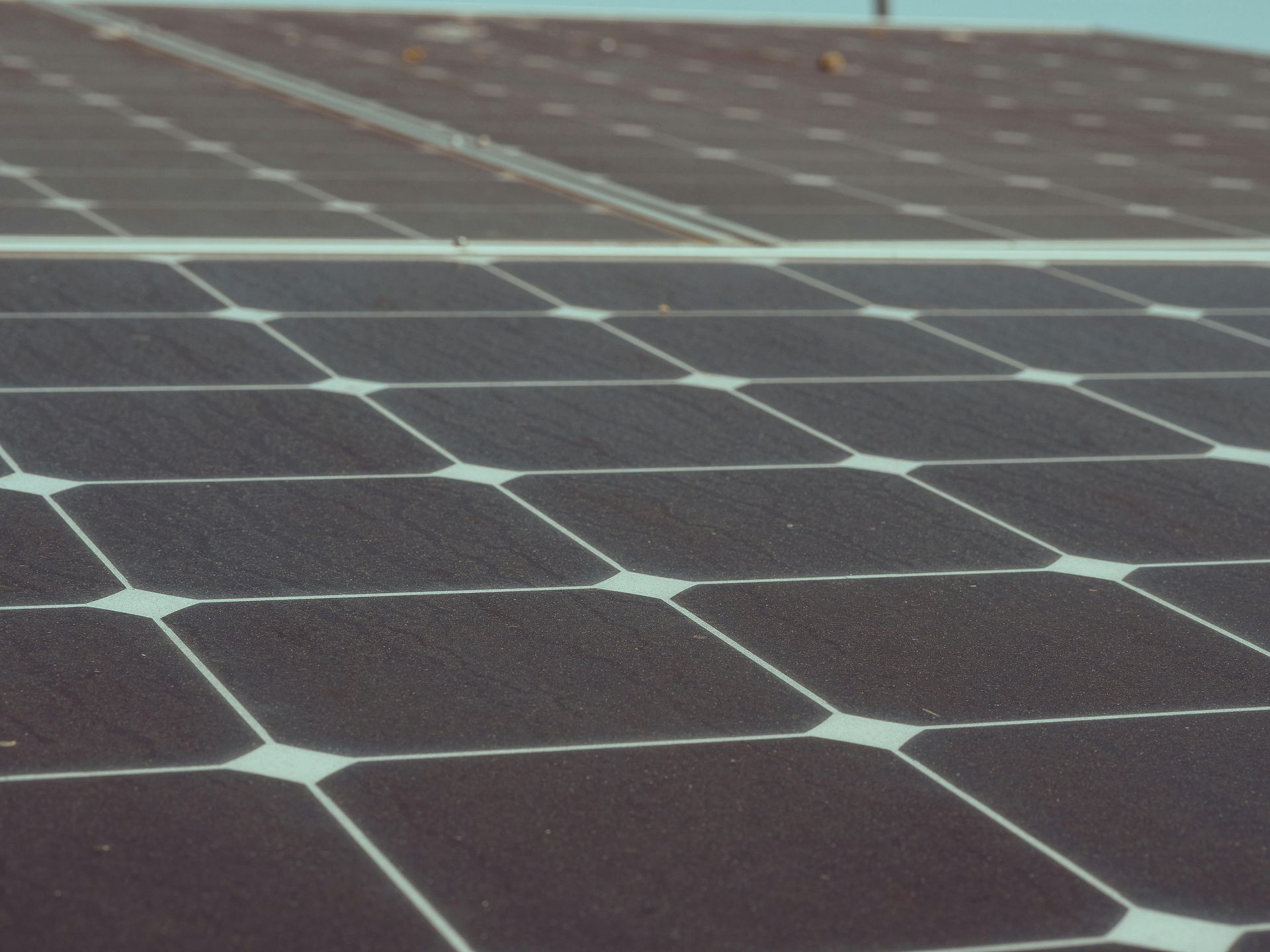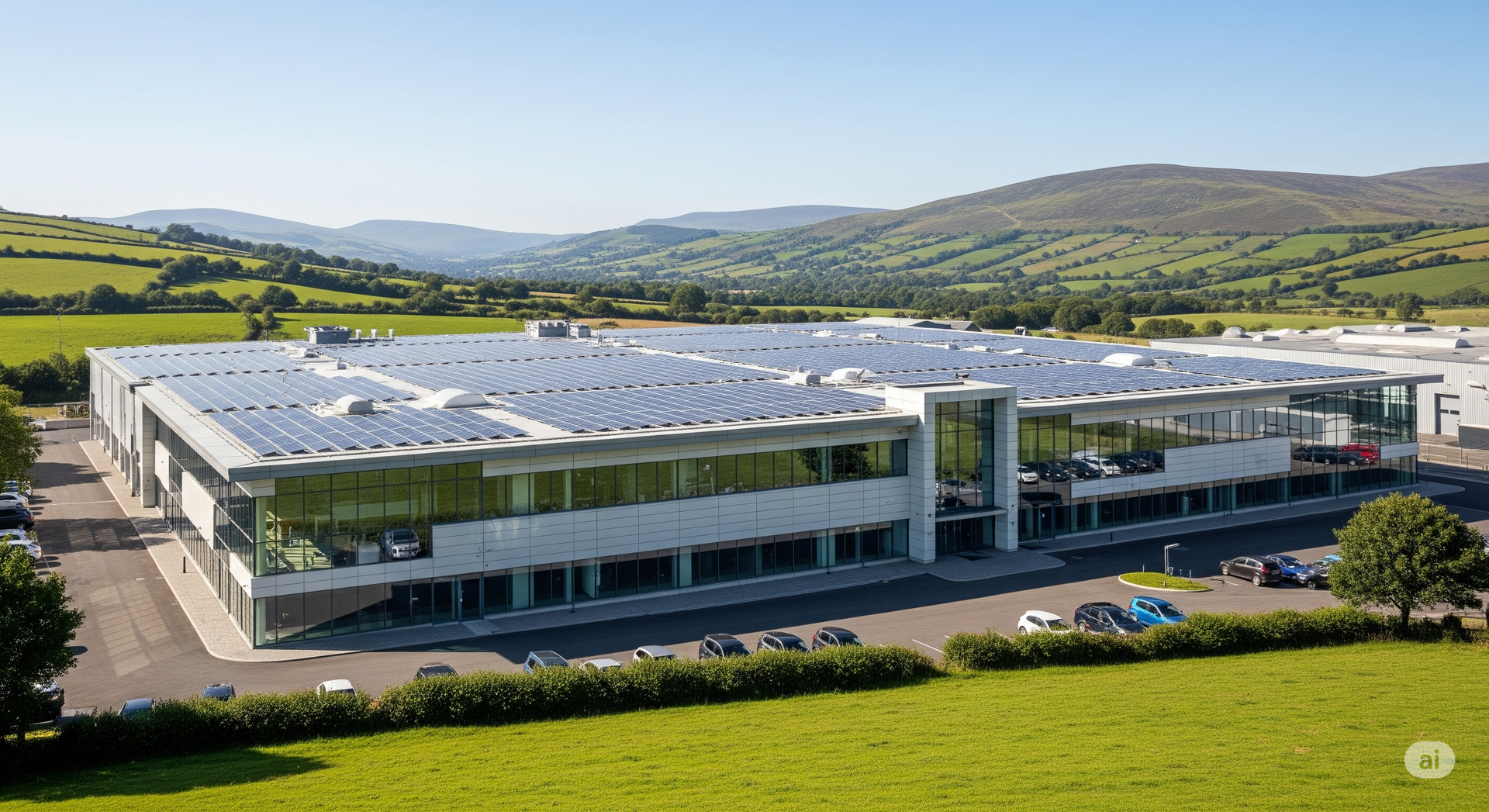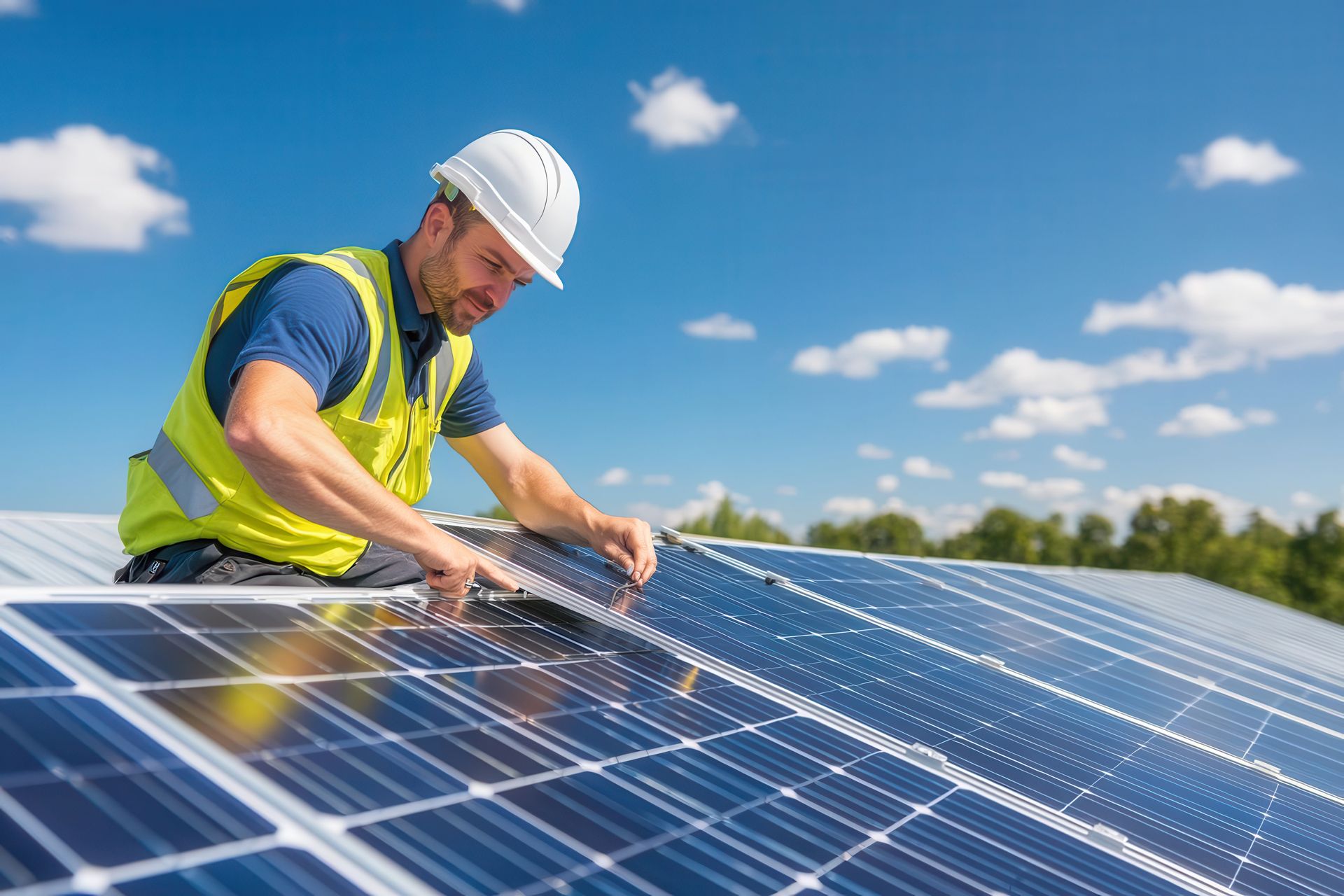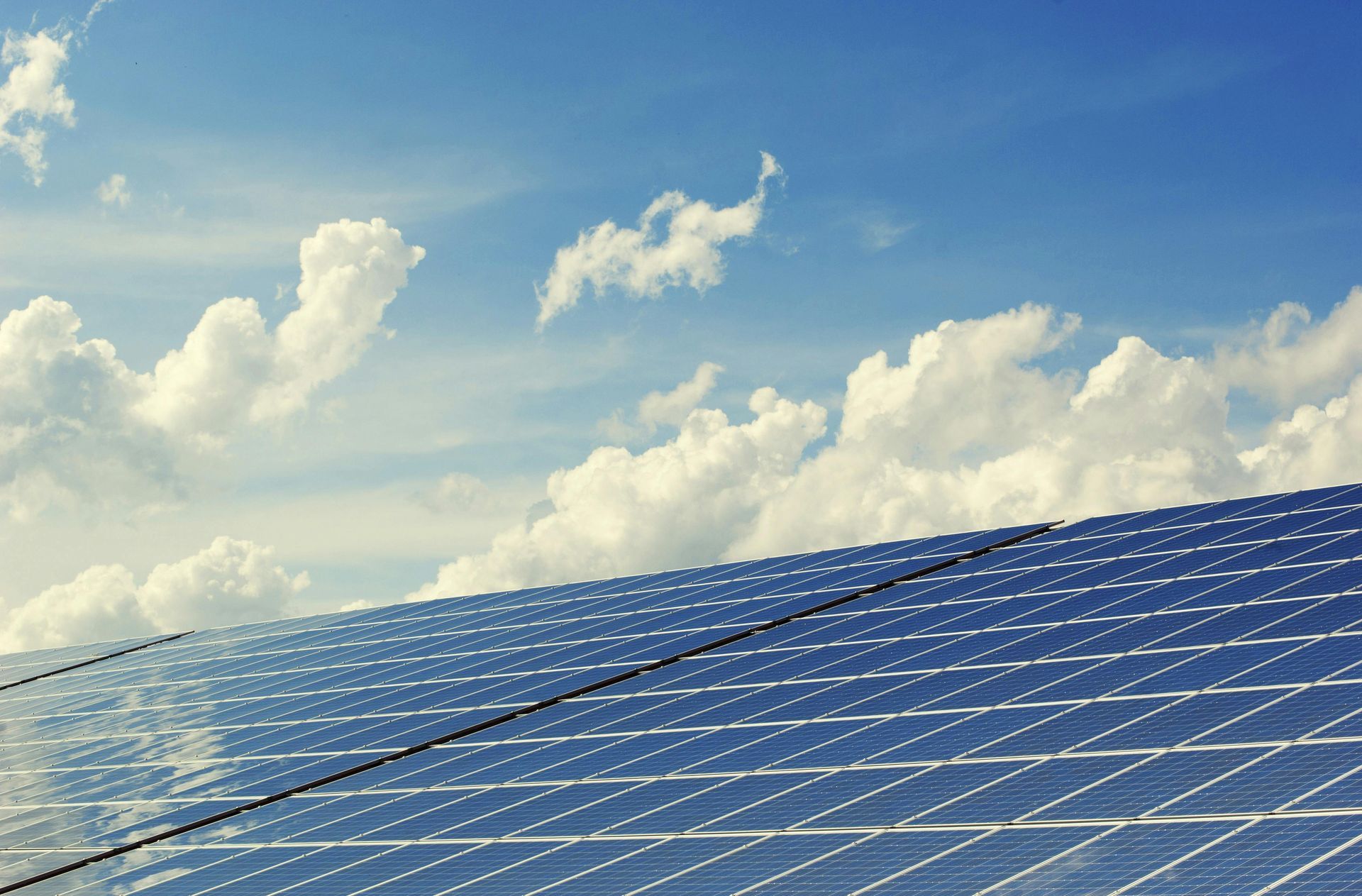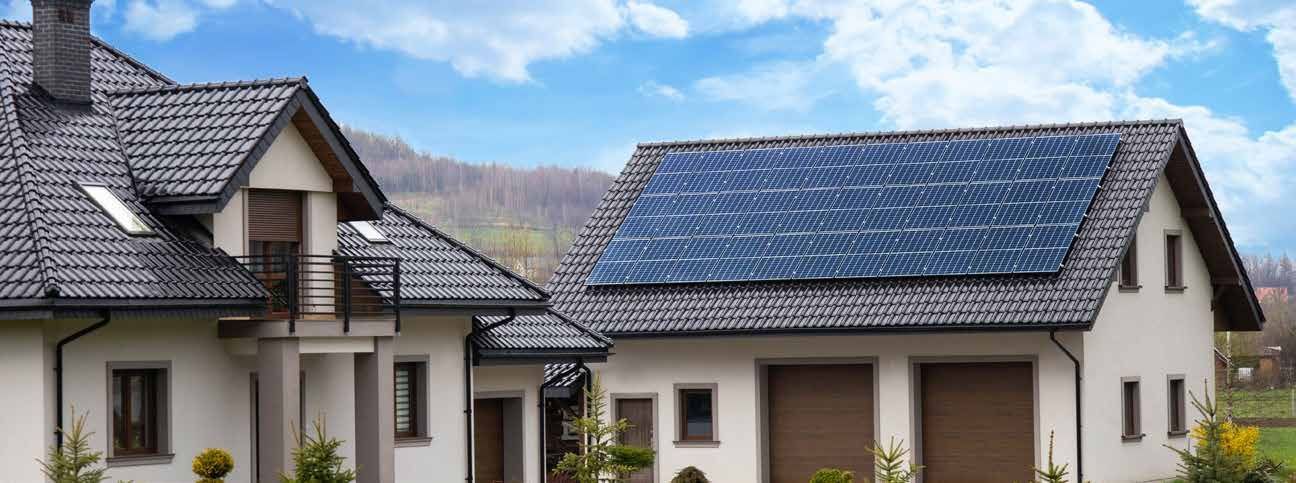Solar photovoltaic (PV) technology has gone from a futuristic concept to an everyday reality on rooftops across the UK. It’s one of the fastest-growing sources of renewable energy, offering households and businesses a way to produce their own electricity, reduce bills, and cut carbon emissions. But what actually happens when sunlight hits a solar panel, and how does it all work within our national energy system?
From Sunlight to Electricity
At the heart of a solar PV system are the solar panels themselves, made up of many individual solar cells. Each cell contains semiconductor materials, usually silicon, that react when exposed to sunlight. When photons from the sun strike these materials, they knock electrons loose, generating a flow of electricity. This is known as the photovoltaic effect.
The electricity produced at this stage is
direct current (DC). While DC is fine for certain applications, the UK’s homes, appliances and the national grid all operate on
alternating current (AC). This is where the inverter comes in — a crucial piece of equipment that converts DC into AC at the correct voltage and frequency, ready for use in your home.
Powering Your Home and the Grid
Once the electricity has been converted, it is fed into your home’s consumer unit (fuse box). Your household appliances will use the solar-generated electricity first, reducing the amount you need to draw from the grid. If your panels produce more than you need at a given moment, the excess can be exported to the grid.
Under the Government’s
Smart Export Guarantee (SEG), licensed energy suppliers pay for the electricity you export, giving you a way to earn from your surplus generation. This not only benefits you financially but also helps supply renewable energy to others.
Do Solar Panels Work in the UK Climate?
A common question is whether solar PV works in the UK’s famously unpredictable weather. The answer is yes. Panels don’t need direct sunlight all the time — they generate electricity from daylight, so even on overcast days they will still produce power, albeit at a lower rate.
The UK’s solar capacity factor — a measure of actual output compared to maximum possible output — is around
10% according to government energy statistics. That may sound modest, but it reflects our northern latitude and shorter winter days, and still adds up to a significant amount of clean power over a year.
How Much Solar Power Do We Generate?
Official figures from the
Department for Energy Security and Net Zero (DESNZ) show that by the end of 2024, the UK had
17.85 gigawatts (GW) of installed solar PV capacity, spread across more than a million installations. In 2024, solar generated about
14.79 terawatt hours (TWh) of electricity — roughly
5.2% of total UK electricity consumption.
Growth is continuing. By early 2025, installed capacity had reached around
18 GW, with
1.5 GW added in just the first quarter of the year. In that same quarter, solar produced
2.8 TWh, which was
45% more than in Q1 2024 — a sign of both increased capacity and favourable conditions.
Types of Installations
Solar PV in the UK comes in many forms, from small rooftop systems on homes and businesses to large-scale ground-mounted solar farms. Government data shows that around
45% of capacity is in ground-mounted systems, with the remainder on rooftops. This mix means solar contributes both as a localised power source for individual properties and as a large-scale supplier to the national grid.
Why It Works Well with the UK Grid
Solar generation peaks during daylight hours, which often coincide with periods of higher electricity demand, particularly in summer. While output is lower in winter, it still provides a valuable contribution and helps reduce reliance on fossil fuels. As part of the wider renewable mix — including wind, hydro, and other sources — solar plays a key role in meeting the UK’s net-zero targets and improving energy security.
A Technology That’s Here to Stay
The Government’s
Solar Roadmap sets out an ambition to increase capacity to up to 70 GW by 2035. This reflects not only falling costs and improving technology, but also the central role solar will play in a decarbonised electricity system. Given its relatively fast installation times — often a matter of days for rooftop systems — solar PV offers one of the quickest and most scalable ways to boost renewable generation.
Solar PV works by turning sunlight into electricity through the photovoltaic effect, converting it from DC to AC via an inverter, and using it to power your home before exporting any surplus to the grid. Despite the UK’s variable weather, it delivers year-round benefits, with official figures showing nearly 18 GW of installed capacity and a growing share of the nation’s electricity supply. With costs falling and installation rates climbing, it’s a technology that will continue to shape the UK’s energy future.

